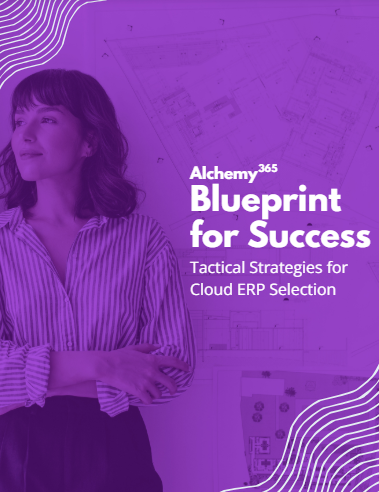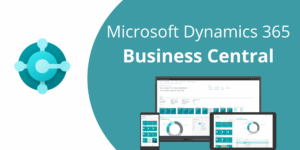What is ERP?
There was a time for businesses when information for each department was stored separately. For instance, the sales team might use one system to track customer orders, while the finance department uses another for invoicing. This lack of integration led to data silos, one of the biggest enemies of modern businesses.
You can think of Enterprise Resource Planning as a strategic tool which was created to help organisations manage all their operations on a single, centralized platform. An ERP system basically connects the dots between different business functions like customer relations and human resources to streamline operations.
With ERP, the data from different departments flows into one repository. Since all the data is now unified, businesses can do tasks like track performance, identify trends, and work on optimizing operations.
Exploring MRP
Material Requirements Planning might sound a bit too technical, but the concept behind it is very simple. It’s a system designed to make sure that your business has the right materials at the right time and in the right quantities. Have you ever wondered how manufacturing giants can manage their production without overstocking or running out of components? MRP is your answer. An MRP system helps businesses plan and manage the materials needed for production so there’s always enough raw material without any excess or shortage. MRP is the tool that helps companies balance supply with demand.
MRP vs ERP: What are the Differences?
When comparing both ERP and MRP, it’s easy to think of them as the same systems. While both of them play a critical role in optimizing business operations, they serve a very different purpose.
Let’s understand the difference.
Scope
This one is a bit obvious. MRP is a production expert that you need to handle inventory, schedule production, and manage materials to prevent over or under-stocking. It’s ideal for companies that heavily rely on their manufacturing lines to stay efficient and streamlined.
An ERP, on the other hand, covers essentially every business facet—finance, HR, sales, customer service, supply chain, you name it. It centralizes the flow of data and offers a big-picture view of the company’s overall performance.
Data Integration
MRP is dedicated to the production floor and it’s mostly used by production planners to manage the manufacturing side of the business. While it does get involved in inventory data and supplier information, an MRP system doesn’t go beyond what’s needed for production.
ERP is an umbrella that covers a larger base, giving a 360-degree view of the entire business. This level of integration ultimately leads to good collaboration between teams, and everything works with collective data and insights.
User Base
Manufacturing managers, inventory planners, and supply chain specialists— these are the usual roles in the production process that might utilize an MRP system. ERP, on the other hand, is for everyone.
Finance teams can manage their budgets, HR executives can track employee performance, and the sales team can manage customer orders. ERP spans every function of the business.
Complexity and Implementation
Since MRP systems are mostly specific to production and inventory, they are easier to implement. They are straightforward systems with a clear goal to help you manage your manufacturing processes. That means less time, fewer resources, and a faster path to getting it up and running.
ERP systems cover the entire business, which makes integration more complex. Implementing a cloud ERP system will take up extensive planning, plenty of resources and a whole lot of coordination between departments. In fact, more than 50% of organizations prefer to take a well-phased and slow approach when moving to a new ERP system. But the payoff is worth the hassle because every single component of your business is now centralized.
When to Use MRP vs. ERP
So, now comes the decision of which system is right for your business. Here’s a quick table to help you decide:
| Feature | MRP | ERP |
|---|---|---|
| Focus | Production planning and inventory control | Comprehensive business management |
| Ideal for | Small to medium-sized manufacturers | Larger organizations with diverse business processes |
| Key benefits | Optimized production schedules, minimized inventory costs, improved demand forecasting | Integrated data, streamlined workflows, enhanced decision-making |
| Common functionalities | Bill of materials, demand forecasting, inventory management, production scheduling | Financial management, human resources, customer relationship management, supply chain management |
| Scalability | Limited | High |
| Complexity | Lower | Higher |
Wrapping Up
The decision between MRP and EPR comes down to your business needs. If you run a manufacturing business and need a tool that can improve the whole production process, MRP will be your go-to system. And if you need a more centralized approach that connects every department in your company, then opt for ERP.
Ultimately, both MRP and ERP can play a key role in enhancing your operations—it’s just a matter of finding the right fit based on your current needs and future goals.
Juggling data silos and disconnected systems is a thing of the past. With Alchemy 365, our cloud ERP solution helps your team work smarter, not harder, by automating the busy work and connecting every part of your business.
Request a demo and witness how seamless your business operations can be!






